image by chris neufeld-erdman, Woodend Farm, high on the Birker Fell, Lake District UK
On November 19, Davis Community Church journeyed thematically from the first key spiritual practice, Sabbath, into the core practice of Self-Care.
Sabbath, we learned in week one is not so much about rest, nor it is a legalistic loyalty to a dry and duty-bound discipline. Rather, it’s about a way of life that’s woven with wonder and awe; it’s about living in time differently, weaving a tapestry of time that is life-giving, that unites us with the rhythms of nature, and that is health-giving to ourselves, and naturally, then, to others and to the Earth itself.
In week two, Chris Stone told the raw, brave, and vulnerable story of his journey through pain and brokenness and into a deeper sense of his own identity, dignity, and purpose. I also told the story of Audrey Lippman, one of our congregational treasures, who recently told a group of young adults that her advice to her 30-year old self (from the vantage point of her 94 years of living!) would be to “find out who you are and live that . . . and to live in community” so that you can sustain that sense of your sacred Self.
And so, the practice of Self-Care is not primarily about tending the body (though habits that do that are essential to this practice); it’s about Soul-Care, finding your way into your inner life, and there to discover meaning, purpose, and dignity for living.
I ending the sermon will the stunning, lyrical inspiration of Mary Oliver’s “The Journey.” Listen to Chris Stone’s story, Audrey Lippman’s wisdom, and my sermon here.




